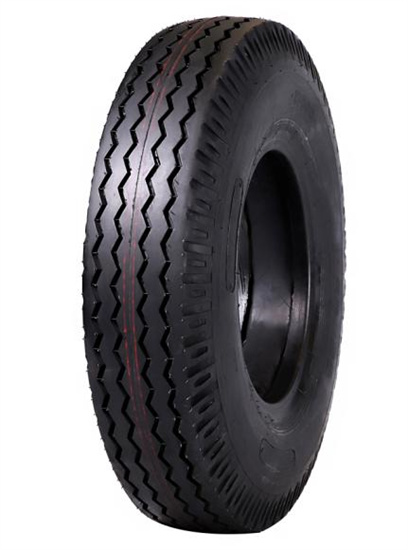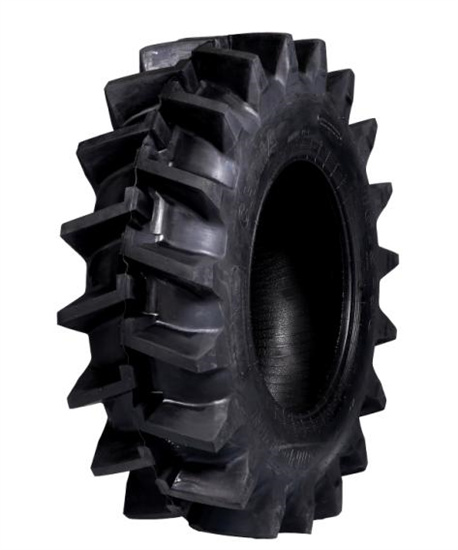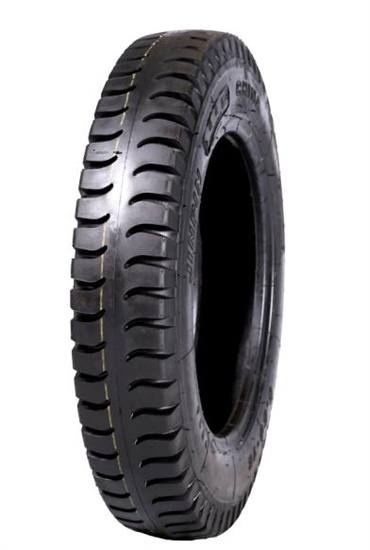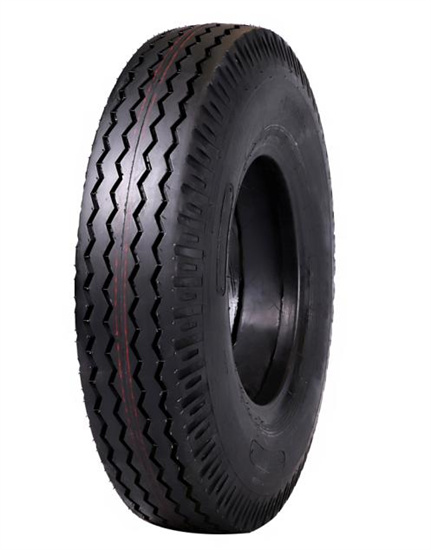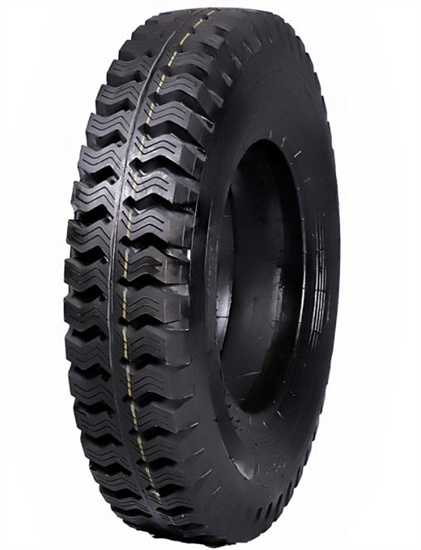6.00-12 tire PR-1 pattern for agricultural tractor
Ever wondered what those seemingly cryptic numbers and letters stamped on your tractor tires actually mean? Well, fret no more! Today, we’re diving deep into the world of 6.00-12 tire PR-1 pattern for agricultural tractor, the unsung heroes that keep your agricultural workhorse rolling through tough terrains and demanding tasks.
This comprehensive guide will equip you with all the knowledge you need to make informed decisions about these essential tractor shoes. From deciphering the sizing code to understanding the benefits of the PR-1 tread pattern, we’ll cover everything in an engaging and informative way. So, buckle up, tractor enthusiasts, because we’re about to get down and dirty with the nitty-gritty of 6.00-12 PR-1 tires!
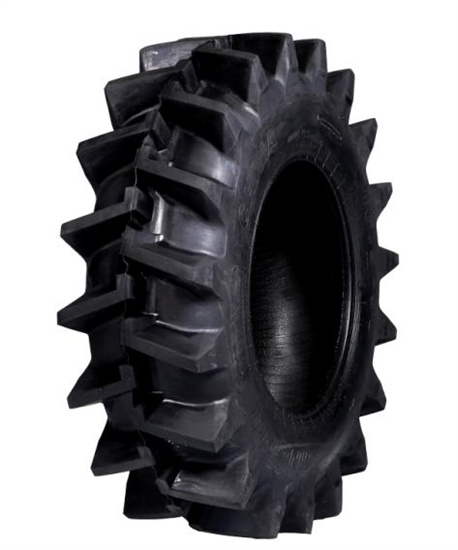
Understanding the Code: Demystifying Tire Size
Imagine your tractor tire as a donut – the round, inflatable part is the tread, and the hole in the center needs to fit snugly onto the rim of your wheel. Now, the seemingly cryptic code “6.00-12” tells you exactly how big this donut is. But how do we decipher this code? Let’s break it down:
- 6.00: This number represents the section width of the tire in inches. Think of it as the tire’s waistline – the distance from sidewall to sidewall at its widest point. In this case, a 6.00 tire is roughly 6 inches wide.
- 12: This number signifies the rim diameter in inches. It essentially tells you the diameter of the metal ring (the rim) that the tire will be mounted on. So, a 6.00-12 tire needs to be paired with a 12-inch diameter rim.
Key Takeaway: When purchasing new tires, ensure both the section width (6.00) and rim diameter (12) specifications match your existing wheels perfectly. Mismatched sizes can lead to improper fitment, safety hazards, and compromised performance.
Decoding the PR Rating: Layers of Strength
The “PR” in 6.00-12 PR-1 tires stands for Ply Rating. This number indicates the number of plies, or layers, of rubber and reinforcing materials that make up the tire’s construction. Think of these plies as the tire’s internal muscles, providing strength and resistance to punctures and blowouts. Here’s a breakdown of common PR ratings:
| PR Rating | Description |
|---|---|
| 4PR | Basic ply construction, suitable for lighter loads and applications. |
| 6PR | Most common for agricultural implements and tractors, offering a good balance of strength and flexibility. |
| 8PR | Ideal for heavy-duty applications and tractors carrying significant loads. |
Important Note: While a higher PR rating generally translates to a more robust tire, it also comes with trade-offs. Higher ply tires tend to be heavier and can impact fuel efficiency.
Choosing the Right PR Rating: Selecting the optimal PR rating depends on your specific tractor model and its intended use. Consult your tractor’s manual or a qualified tire specialist for recommendations based on the weight your tractor typically carries and the demands of your agricultural operations.

Unveiling the Tread Pattern: The Grip on Performance
The unsung hero of the 6.00-12 PR-1 tire is its tread pattern, designated as “PR-1” in this case. The tread pattern is the sculpted design on the tire’s surface that provides traction and determines how the tire performs on different terrains. Let’s delve into the world of PR-1 treads:
- Purpose: The PR-1 tread pattern is specifically designed for agricultural applications. It features a multi-lug design with deep grooves. These deep lugs bite into the soil, offering excellent traction in loose, muddy, or uneven terrains commonly encountered in agricultural environments.
- Benefits: The PR-1 pattern excels at:
- Self-cleaning: The deep grooves prevent mud from caking on the tire, ensuring consistent traction even in wet conditions.
- Lateral stability: The wide lugs provide excellent side-to-side stability, crucial for maneuvering on slopes or uneven ground.
- Durability: The robust tread design is built to withstand the wear and tear of demanding agricultural tasks.
Alternative Tread Options: While the PR-1 is a popular choice, other tread patterns like R-1 and agricultural implement (I-1) tires are also available. R-1 patterns offer a balance between on-road and off-road performance, while I-1 tires prioritize smooth rolling on hard surfaces.
Price of 6.00-12 tire PR-1 pattern for agricultural tractor
Now that you’re armed with the knowledge of deciphering tire size, PR ratings, and tread patterns, let’s explore the practicalities of acquiring 6.00-12 PR-1 tires. Here’s a breakdown of factors influencing cost and where to find the best deals:
- Brand: Different tire manufacturers offer varying price points. Popular brands like BKT, Wanda, and Superguider are known for their quality and competitive pricing in the 6.00-12 PR-1 segment.
- Features: Additional features like deeper tread depth or reinforced sidewalls can affect the cost, with premium options commanding a higher price tag.
- Supplier: Prices can fluctuate depending on the retailer you choose. Local farm supply stores, online marketplaces, and specialty tire shops all carry 6.00-12 PR-1 tires. It pays to compare prices across different vendors to secure the best deal.
Sample Pricing (USD): Here’s a ballpark estimate for 6.00-12 PR-1 tires based on current market trends (please note prices can vary):
| Brand | Features | Price Range |
|---|---|---|
| BKT | Standard PR-1 | $80 – $120 |
| Wanda | R-1 H167 Tread (Similar Traction) | $70 – $110 |
| Superguider | Enhanced Bead Design | $90 – $130 |
Pro Tip: Don’t be afraid to negotiate, especially when purchasing multiple tires. Bulk purchases often attract discounts from retailers.
Applications for 6.00-12 tire PR-1 pattern for agricultural tractor
The 6.00-12 PR-1 tire shines in a variety of agricultural applications:
- Compact Tractors: These smaller tractors are commonly used for tasks like mowing, tilling vegetable gardens, and light landscaping. The 6.00-12 PR-1’s size offers excellent maneuverability while maintaining good ground clearance.
- Zero-Turn Mowers: The PR-1’s aggressive tread pattern provides superior traction on grassy terrains, essential for the sharp turns and precise maneuvering capabilities of zero-turn mowers.
- Utility Vehicles (UTVs): UTVs often perform tasks in off-road environments like hauling equipment or materials. The PR-1’s robust construction and self-cleaning properties make it a reliable choice for these demanding applications.
- Implement Tires: Some agricultural implements, like cultivators or planters, utilize smaller tires. The 6.00-12 PR-1’s size and weight are well-suited for these attachments, ensuring proper weight distribution and smooth operation.
Remember: While the PR-1 excels off-road, extensive highway use is not recommended. The aggressive tread pattern can increase road noise and wear faster on paved surfaces. Consider all-terrain or highway tread options for tractors that spend significant time on the road.

The Power of 6.00-12 tire PR-1 pattern for agricultural tractor
So, why should you choose 6.00-12 PR-1 tires for your agricultural endeavors? Let’s explore the compelling benefits they offer:
- Superior Traction: The deep lugs of the PR-1 pattern dig into loose soil, mud, or uneven terrain, providing exceptional grip and preventing slippage. This translates to increased efficiency and safety when operating your tractor in challenging conditions.
- Enhanced Stability: The wide lugs also contribute to outstanding lateral stability, especially crucial on slopes or uneven ground. You can maneuver your tractor with confidence, knowing the tires will provide the necessary grip to prevent rollovers.
- Durability: The robust construction of the PR-1, with its multiple plies and deep tread depth, is built to withstand the rigors of agricultural work. These tires are less susceptible to punctures or blowouts, minimizing downtime and replacement costs.
- Self-Cleaning Properties: The deep grooves in the PR-1 tread pattern prevent mud from caking on the surface. This allows for consistent traction even in wet or muddy conditions, ensuring your tractor keeps moving when the going gets tough.
- Comfortable Ride: While the PR-1 prioritizes off-road performance, it still offers a relatively smooth ride quality compared to even more aggressive tread patterns. This translates to less operator fatigue during long hours on the job.
The Bottom Line: 6.00-12 PR-1 tires are a workhorse option for agricultural applications. They deliver exceptional traction, stability, and durability, allowing you to tackle demanding tasks with confidence and efficiency.
Comparing Different Tire Options for Your Agricultural Needs
While the 6.00-12 PR-1 tire is a versatile choice, it’s not a one-size-fits-all solution. Depending on your specific tractor model, tasks, and operating environment, other tire options might be better suited:
Head-to-Head: 6.00-12 PR-1 vs. R-1 Tires
- Similarities: Both PR-1 and R-1 tires are commonly used on compact tractors and utility vehicles. They share a similar size (6.00-12) and offer good off-road capabilities.
- Key Differences:
- Tread Pattern: The PR-1 features a more aggressive lug pattern with deeper grooves, ideal for loose soil and mud. The R-1 pattern boasts shallower lugs and wider spacing, offering a balance between off-road and on-road performance.
- Traction: The PR-1 reigns supreme in off-road traction, especially in muddy or loose conditions. The R-1 provides decent off-road grip but also performs well on paved surfaces.
- Comfort: The R-1’s less aggressive tread translates to a quieter and smoother ride on hard surfaces, reducing operator fatigue during extended road use.
Choosing the Right Option:
- Opt for the PR-1 if: Your primary focus is off-road work in muddy, loose, or uneven terrain. You prioritize maximum traction over a smooth ride on pavement.
- Go for the R-1 if: You frequently use your tractor for both on-road and off-road applications. A balance between traction and a comfortable ride is important.
Alternative: Agricultural Implement (I-1) Tires
These tires are specifically designed for implement use, prioritizing smooth rolling on hard surfaces. They typically feature a smooth tread pattern with minimal tread depth.
When to Choose I-1 Tires:
- Implement Applications: If you’re looking for tires specifically for implements like cultivators or planters, I-1 tires are the clear choice. Their smooth tread ensures minimal soil disturbance and promotes smooth operation of the implement.
- Limited Off-Road Use: If your tractor primarily operates on paved surfaces with minimal off-road excursions, I-1 tires can be a suitable option. However, avoid using them in muddy or loose terrains where traction could be compromised.

FAQ
| Question | Answer |
|---|---|
| What is the recommended inflation pressure for 6.00-12 PR-1 tires? | Inflation pressure recommendations can vary depending on the specific tire brand and load weight. Always consult the manufacturer’s specifications or the load inflation tables provided by the tire seller. Generally, inflation pressure for 6.00-12 PR-1 tires ranges between 30 and 36 psi. |
| How long do 6.00-12 PR-1 tires typically last? | The lifespan of a 6.00-12 PR-1 tire depends on various factors like usage intensity, terrain conditions, maintenance practices, and overall weight loads. With proper care and maintenance, these tires can last for several years (estimated range: 2-5 years) before needing replacement. |
| Can I use 6.00-12 PR-1 tires on my lawnmower? | While the size (6.00-12) might be compatible with some lawnmowers, PR-1 tires are not ideal for typical lawn care applications. The aggressive tread pattern is unnecessary for most lawns and can damage delicate grass. Look for lawn mower-specific tires with smoother tread designs for optimal performance. |
| Is it safe to use used 6.00-12 PR-1 tires? | Using used tires can be a cost-effective option, but safety should be a top priority. Thoroughly inspect used tires for any signs of damage, cracks, or excessive tread wear. Avoid using tires with visible defects or those that have exceeded their recommended lifespan. When in doubt, err on the side of caution and invest in new tires. |

